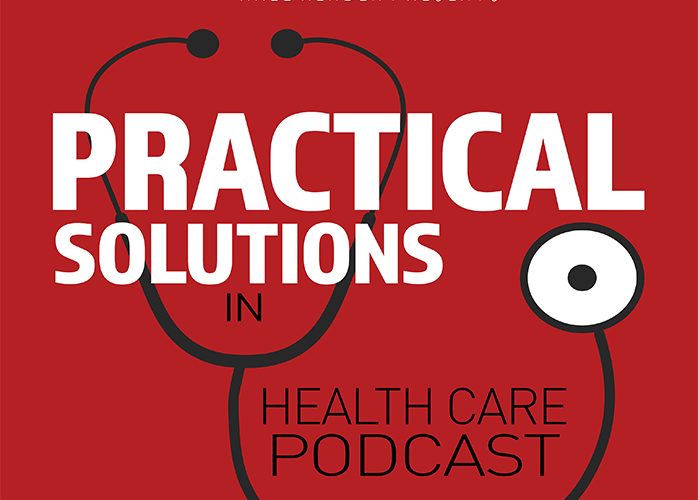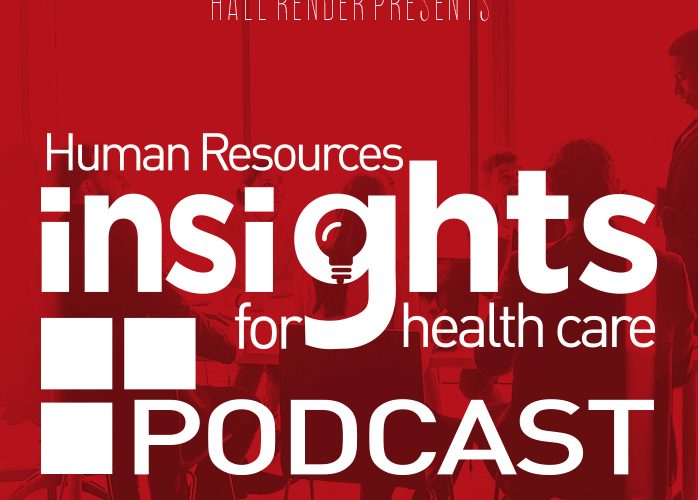Accelerated Payments and the $100 Billion Health Care Relief Fund: Financial Strategies for Providers and Suppliers
Accelerated Payments and the $100 Billion Health Care Relief Fund: Financial Strategies for Providers and Suppliers The massive $2.2 trillion Coronavirus Aid, Relief, and Economic Security Act (“CARES Act”) signed into law March 27, 2020 includes $100 billion in reimbursement for hospitals and other health care entities to help cover COVID-19-related expenses and lost revenue….
Read MorePodcast: Play in new window | Download
Subscribe: RSS


